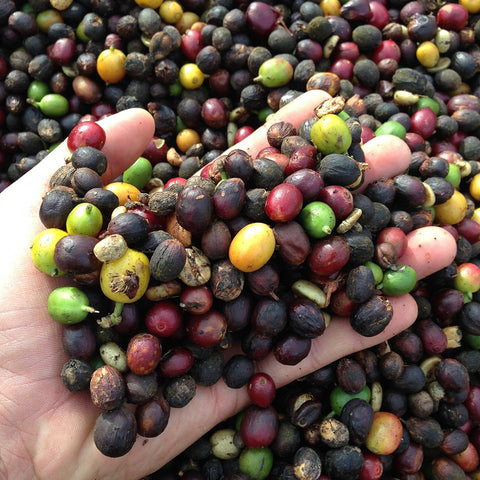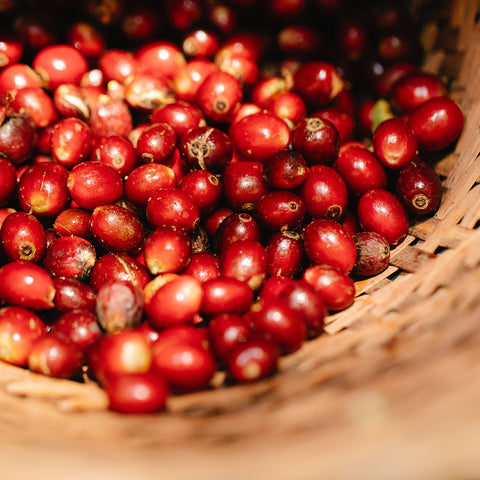With your love for South Indian filter kaapi growing even stronger, it’s time to learn a bit more about the varieties of coffee that come out of South India.
And no, we aren’t talking about arabica or robusta.
Those are the primary classifications by which coffees are identified and categorised the world over.
Today, we’re taking a look at the specific varieties of coffee within the arabica and robusta categories and how these differ from each other.
Remember, the following are the names of coffee varieties. Coffees are also given names based on how they are graded, and it can be easy to mistake the two.
S.795
Released in the 1940s, the S.795 is an arabica variety that is the most popular Indian coffee variety, even to be found outside of the country.

It is a cross between the Kent and S.288 breeds and was produced so as to reduce the abnormalities in the S.288 coffee beans.
When you get yourself a bag of S.795 coffee, it results in a balanced cup with subtle flavours of mocha. These coffees have a good body, and even the acidity isn’t too overpowering.
It also tends to have a flavour profile that hints of berry and cocoa with a sweet aroma.
Kent
One of the first varieties of arabica, Kent is named after L.P Kent, an Englishman who first planted this variety in Mysore in the 1920s.
In an attempt to grow a coffee variety that would be resistant to coffee leaf disease, he devised a selection program. The result was the Kent coffee cultivar.
Kent coffee tends to have spicy notes mingling with a sharp acidity. Its fruity flavour profile will appeal to those who enjoy more lively flavours in their coffee.
Cauvery
When robusta and arabica coffees are crossbred, it produces a variety called Hibrido de Timor. The HdT range is known for its leaf rust resistance. This is further used along with the Brazil-originated Caturra to cultivate the Cauvery variety.
They are also known as Catimor and have a superior quality owing to the parent Caturra genes.

Cauvery beans allow for a sweet aftertaste and a crisp acidity in the cup. It is said that this variety began to be commercially cultivated in India in the 1980s.
Selection 9
A combination of Hibrido de Timor and the Ethiopian Tafarikela is Sln. 9 or Selection 9.
Of all the plants that were cross-cultivated with HdT, the Tafarikela combination proved to be a success in terms of high yield and leaf rust resistance.
Bred for their ability to adapt to environmental stressors, the Sln.9 variety promises a strong body and great aroma.
Not as widely available globally as other Indian coffee varieties, Selection 9s possess tasting notes of chocolate, citrus fruits, and caramel.
Coffee varieties are produced through crossbreeding of coffee plants. A combination of factors like terroir, farming type, intercrops, and estate impact the makeup of the coffee plant, giving the beans an altered flavour profile.
To put it simply, coffee varieties stem from experiments done by coffee farmers to produce the best quality coffee that not only tastes good but is efficient to grow.
While there are several other varieties grown in different parts of the world, these make up the top 4 produced in India.
If you haven’t yet read our blog post about the coffee-producing regions in India, give it a quick read to understand which states contribute the most to India’s coffee exports.

Leave a comment: